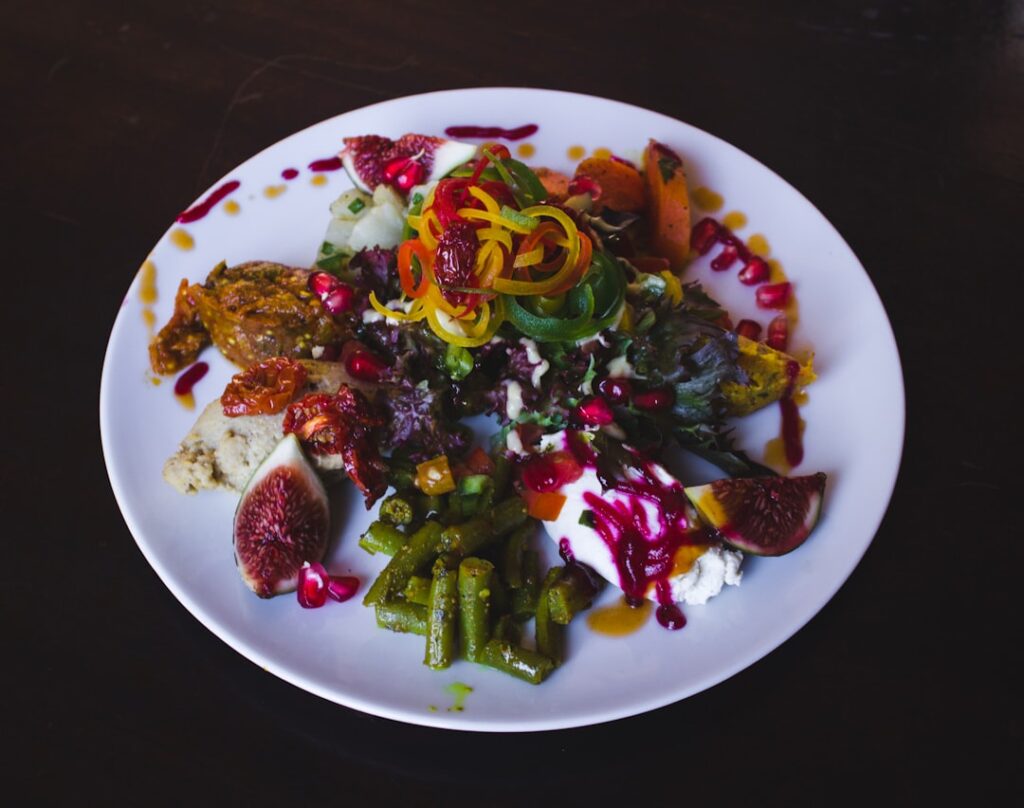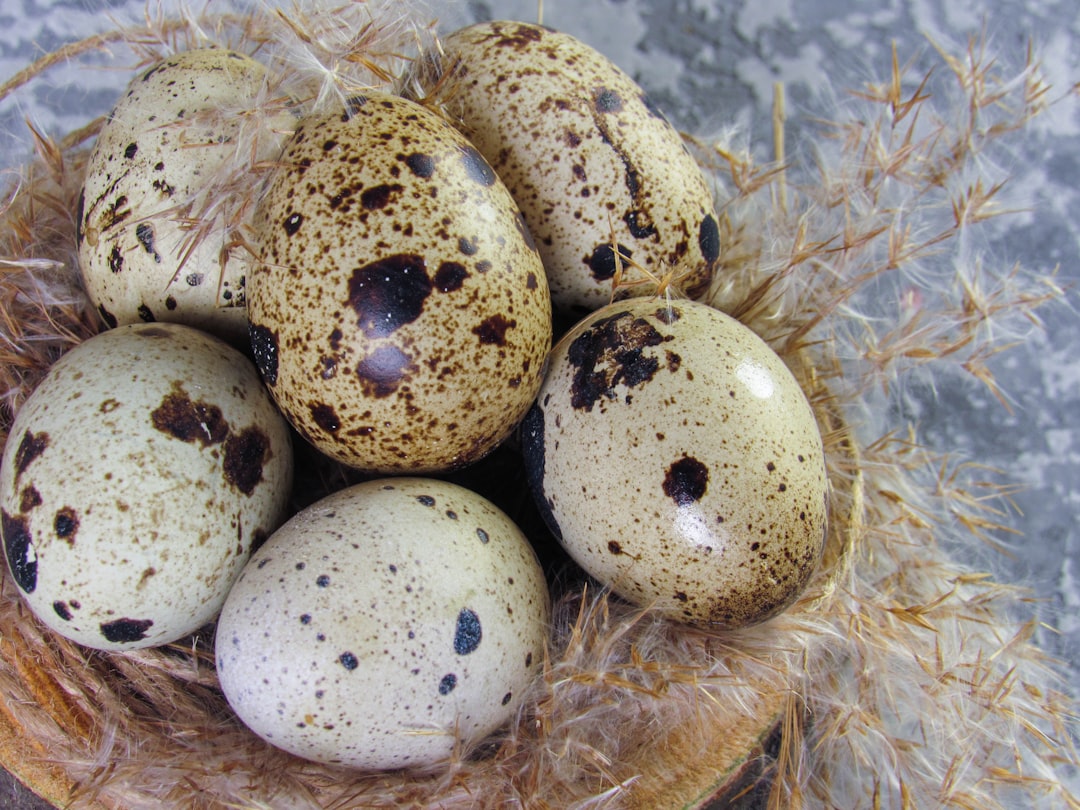Introduction to China’s Culinary Wonders
As you embark on your adventures in China in 2025, you’ll discover that the country is not only rich in history and culture, but it is also a haven for food lovers. With its vast array of regional dishes, distinct flavors, and unique cooking methods, China offers a culinary journey like no other. In this article, we will delve into some of the must-try dishes that should be on your itinerary when visiting this magnificent country. Each region in China boasts its own specialties, influenced by local ingredients, climate, and cultural practices, leading to an endless exploration of tastes and traditions awaiting your palate.
1. Peking Duck – A Dish Fit for Emperors
No visit to China is complete without indulging in the world-renowned Peking Duck. This dish dates back to the imperial era and is known for its crispy skin and succulent meat. It is traditionally served with thin pancakes, sweet bean sauce, and sliced cucumbers. The meticulous preparation and roasting technique produce a duck that is incredibly flavorful, making each bite a delightful experience.
Eating Peking Duck is an art in itself; local restaurants will often showcase the chef carving the duck tableside, enhancing the dining experience. You can enjoy this culinary delight at high-end establishments or famed street vendors. While both offer an authentic taste, the atmosphere will be markedly different. Whether you dine at a luxurious restaurant or a bustling eatery, savoring Peking Duck is a must!
2. Xi’an’s Famous Biang Biang Noodles
If you find yourself in Xi’an, a city renowned for its history, don’t miss the chance to try Biang Biang noodles. This dish consists of wide, hand-pulled noodles famously served with a spicy sauce made from vinegar and chili oil. The unique characteristic of Biang Biang noodles is their chewy texture and the complexity of their name; the experience of pronouncing it involves writing 58 intricate strokes! It’s a fun challenge for any foodie and the flavors will keep you coming back for more.
Often topped with vegetables, minced meat, and a hefty drizzle of chili oil, these noodles are a staple in Xi’an’s street food scene. The warm, spicy essence combined with the texture of the noodles makes for a satisfying meal that is perfectly paired with a local cold beer or a sweet tea.
3. Hotpot – A Social Culinary Experience
Hotpot is not just a meal; it’s an experience. Originating from Mongolia, this beloved dish in China is perfect for sharing with friends and family. Diners select a pot of simmering broth, which can range from spicy to mild, and dip a variety of ingredients including thinly sliced meats, fresh seafood, and colorful vegetables. Sitting around a bubbling pot promotes a vibrant social atmosphere, allowing conversations and connections to flow just as freely as the broth.
The beauty of hotpot lies in its customizability; each person can tailor their meal according to their taste. Complement your hotpot with dipping sauces made from sesame paste, garlic, and cilantro for an explosion of flavors. The communal aspect of hotpot fosters friendships and is a delightful way to engage with local culture, making it a must-try when visiting China.

Engaging in a steaming hotpot experience is not just fulfilling, but also a great way to socialize with locals and fellow travelers. Signing up for food tours can enhance such experiences, introducing you to the best community hotpot spots in town.
4. Dim Sum – Small Bites, Big Flavors
Dim Sum is more than just a style of food preparation; it is a culinary tradition that originates from Cantonese cuisine but now enjoys a prominent place in the gastronomic world. The term translates to “touch the heart,” reflecting the heartfelt nature of sharing such delightful dishes. Dim Sum encompasses a vast array of small dishes including dumplings, rolls, buns, and other delicacies, often served in charming steamer baskets.
In Guangdong, you can explore a dizzying selection of dim sums at traditional tea houses, where the custom of leisurely brunching is deeply entrenched in local culture. Don’t miss trying Har Gao, Siu Mai, and BBQ Pork Buns, which are just a few of the winning choices on the menu.
5. Mapo Tofu – A Spicy Delight from Sichuan
For foodies who appreciate the bold flavors of Sichuan cuisine, nothing compares to the fiery and aromatic experience of Mapo Tofu. This dish features silky tofu set in a spicy, savory sauce made with doubanjiang (fermented broad bean paste), minced meat, and the distinctive numbness brought on by Sichuan peppercorns. The combination of spices creates a mouthwatering flavor profile that is both inviting and exhilarating.
Though Mapo Tofu has gained popularity in Chinese restaurants around the globe, experiencing it in its hometown offers an authentic adventure for spice lovers. Each region may serve it with a unique twist, so keep your taste buds ready for a flavor journey that is as exciting as it is delicious.

Conclusion: Exploring Culinary Experiences in China
With so many delectable dishes waiting for you in China, the challenge won’t be about finding good food—it will be choosing which culinary delights to try first! Each bite offers a glimpse into the diverse fabric that makes up Chinese culture, traditions, and regional quirks. Embrace the flavors of this vibrant country and make your trip unforgettable.
For those looking to enhance their gastronomic adventures further, consider booking food tours or cooking classes through platforms like (https://www.viator.com/China/d13-ttd?pid=P00229766&mcid=42383&medium=link), (https://gyg.me/i0bAnoRg), and (https://gadventures.sjv.io/ran92j). These immersive experiences offer unique insights, hands-on cooking lessons, and visits to local markets, ensuring you make the most out of your culinary journey!
Prepare your taste buds and pack your bags, as China awaits, bringing a feast for your soul in every flavorful bite! Don’t forget to explore local markets, street food stalls, and hidden gem restaurants during your travels; each has stories to tell through their dishes, providing a deeper connection to the cultural and historical context of China’s culinary landscape.








